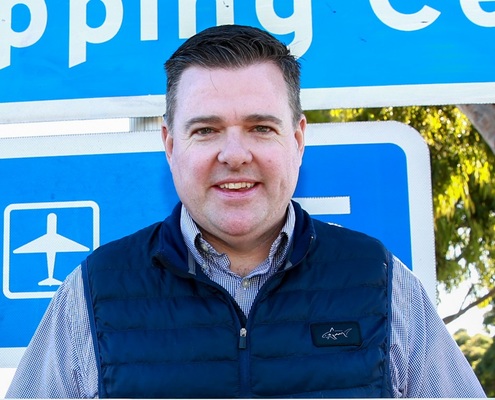By Luke Voogt
Ceres has emerged as the most “advantaged” area of Geelong, according to latest Census statistics.
The 254-person town ranked highest in Geelong in the Australian Bureau of Statistics’(ABS) Socio-Economic Indexes for Areas, which ranks places by relative advantage and disadvantage.
The ranking assesses factors like education, long-term unemployment and criminal convictions.
Ceres ranked in the top three percent of towns and suburbs in Australia.
Wandana Heights, Drumcondra, Barwon Heads and Batesford were the next on the list with all localities placing in the top seven per cent in Australia.
Norlane emerged as most disadvantaged suburb in Geelong, followed by Whittington and Corio.
Northern suburbs councillor Anthony Aitken said Geelong’s council had a responsibility to develop the city’s north and address the imbalance.
“It was an issue that was raised during the last council election,” he said.
“The Norlane community believe they are being left behind in the transformation of Geelong.”
Council had been successful in creating white-collar jobs in the city’s centre, Cr Aitken explained.
“What it hasn’t been very successful in is creating significant blue-collar and low-skilled jobs.”
Council “could not accept” Corio and Norlane’s unemployment rate of 18.4 per cent, he added.
Cr Aitken urged state and federal governments to fund a proposed Northern Arts, Recreation and Community (ARC) project as part of the Turnbull Government’s recently announced City Deal.
Council recently awarded a design tender for the $61.6 million Northern ARC Health and Wellbeing Hub and committed $20.6 million to the project.
Cr Aitken said council needed to create a “jobs corridor in the northern part of Geelong” and take advantage the Avalon industrial precinct.
“This will help address the significant jobs disadvantage in the community we represent.”
Cr Aitken said a Bay West port would be vital to addressing the jobs imbalance.
Infrastructure Victoria recommended the Bay West proposal, near Werribee, as its favoured option for the state’s second port. But Infrastructure Victoria chief Michael Masson said at the time that Port of Melbourne would not reach its capacity until 2015, meaning Victoria would not need Bay West for 37 years.







